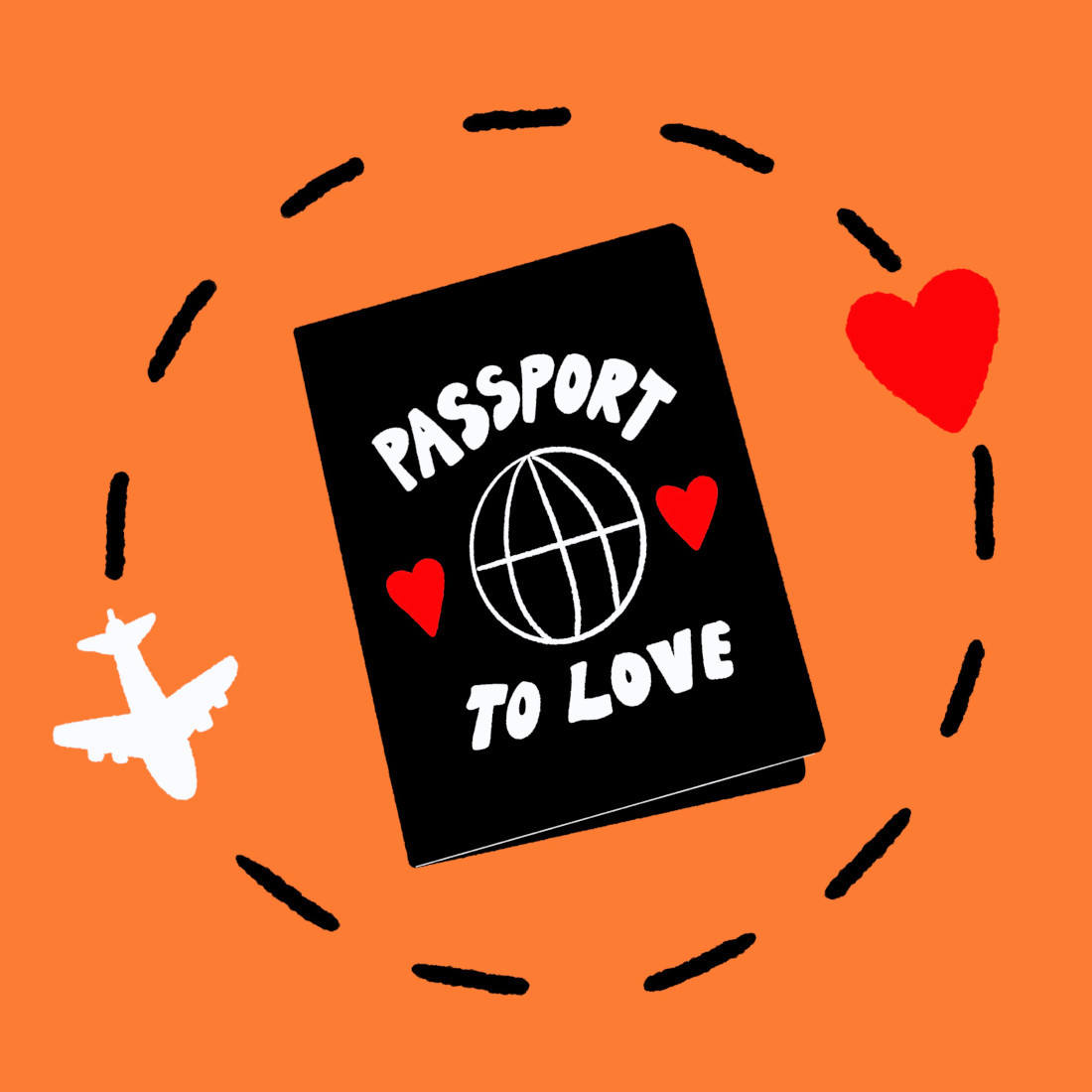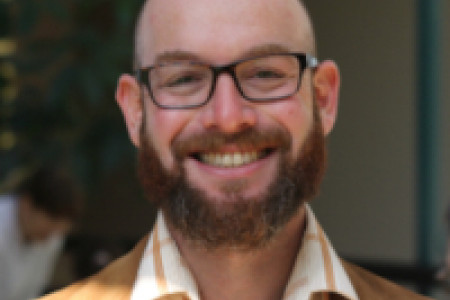Love beyond borders
International relationships are overcoming culture shock
Globalization isn’t a new phenomenon. With increasing internet connectivity and opportunities to venture abroad, people from different countries are bonding over a love immune to culture shock – at least to a certain extent. Although some challenges arise, couples are adapting to each others’ traditions and finding ways to stick together through the whirlwind of immigration processes.
Meet cute
Winnipeg-based nurse Gail Ramos de Oliveira wasn’t on the lookout for a significant other when she was partnered with Murilo Ramos de Oliveira at a University of Manitoba salsa event in September 2014. Despite his poor dance skills, their friendship flourished.
Murilo is a firefighter from Brazil. It was his second trip to Canada to study English. First, he went to Charlottetown on an exchange program and later travelled to Winnipeg during his vacation. A few weeks after their first encounter, when his vacation time was up, the two had to part ways. Yet, what they had was evidently so special on both sides that he returned to Winnipeg later that same year.
“I guess he wanted to prove that he was serious (about us), so he left in (late September) and came back in November,” Gail says.
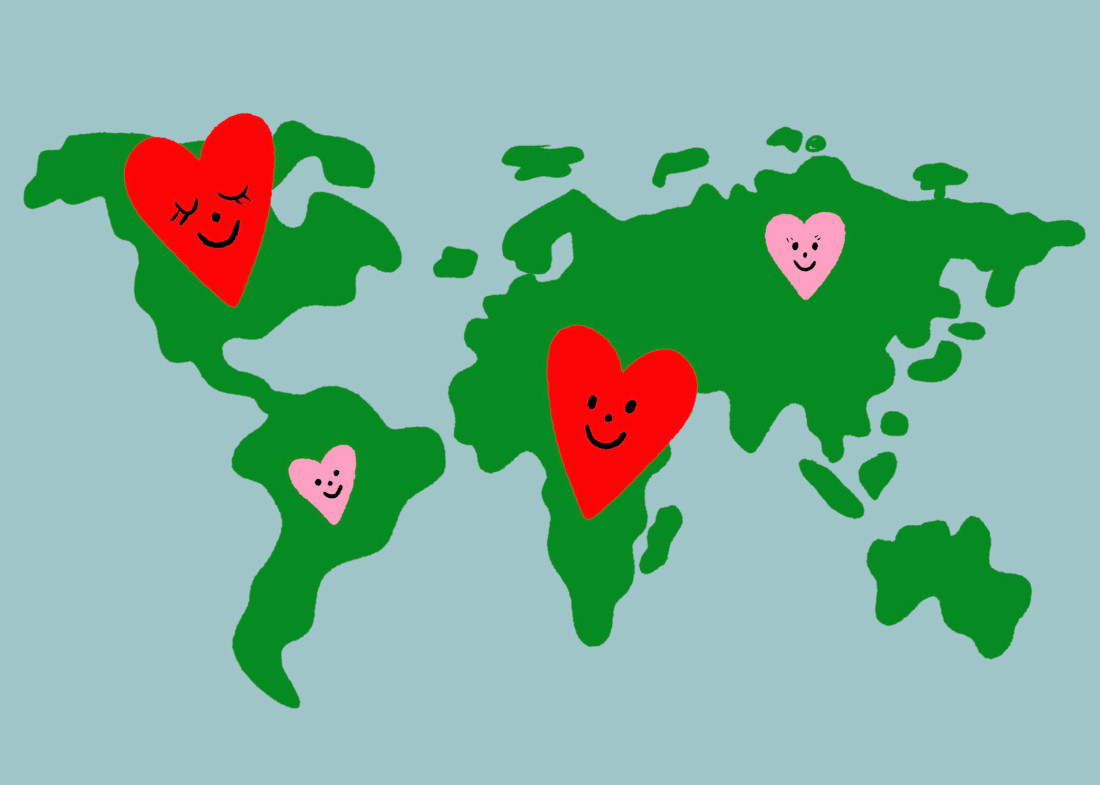
As the couple’s relationship progressed, they relied on Skype to chat when apart and visited each other twice a year. The deal was for Gail to visit him in Recife, Brazil, then Murilo would visit her in Winnipeg a few months later. Even though Gail and Murilo were in love, their friends were a bit skeptical about the relationship.
“During these years, since 2014, we had some colleagues (in Canada) that had a certain kind of discrimination towards me because I’m Brazilian,” Murilo says. “They were skeptical that Gail fell in love with this guy that they didn’t know. On the other hand, in Brazil, some colleagues told me that it was crazy, because I had my life there, and after I retired, my life would be way easier.”
Nevertheless, the two were committed to their relationship.
“Many people go through their whole life without finding love,” Gail says. “If you find love, does it matter where it is? Does it have to be in the same city? I prefer this relationship, so for us there was no barrier.”
Scott Purtill (left) and Ana Morales are waiting for updates on their sponsorship application. (Supplied photo)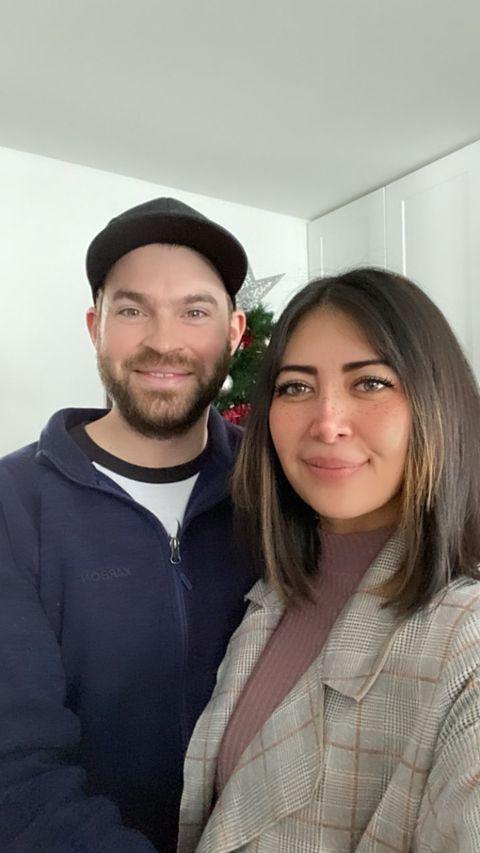
Moving in together
Eager to get married soon, they spoke with an immigration consultant to learn what they had to do to be together. The consultant suggested they wait a while longer before getting married, given that Murilo was waiting to retire. The best way would be for them to get married closer to the beginning of their sponsorship process. They followed the guidelines, were legally married in 2019 and filed for sponsorship in late 2021.
There are two types of Canadian sponsorships for spouses and common-law partners: outland and inland applications. Couples who choose the outland route must apply through the visa office of the sponsored partner’s country of origin. People living together in Canada can also apply for this sponsorship, but they are also eligible for inland application. This alternative only applies to couples living together in Canada, and the sponsored spouse must have a temporary visa during this process.
According to Immigration Refugee Citizenship Canada (IRCC), an eligible sponsor can financially support their partner with basic needs without asking for the government’s financial help. This commitment can only be revoked if the sponsor writes a letter and submits it through the IRCC webform prior to the final decision. Once the sponsorship has been approved, the length of the undertaking is three years after the permanent residency is granted to the partner.
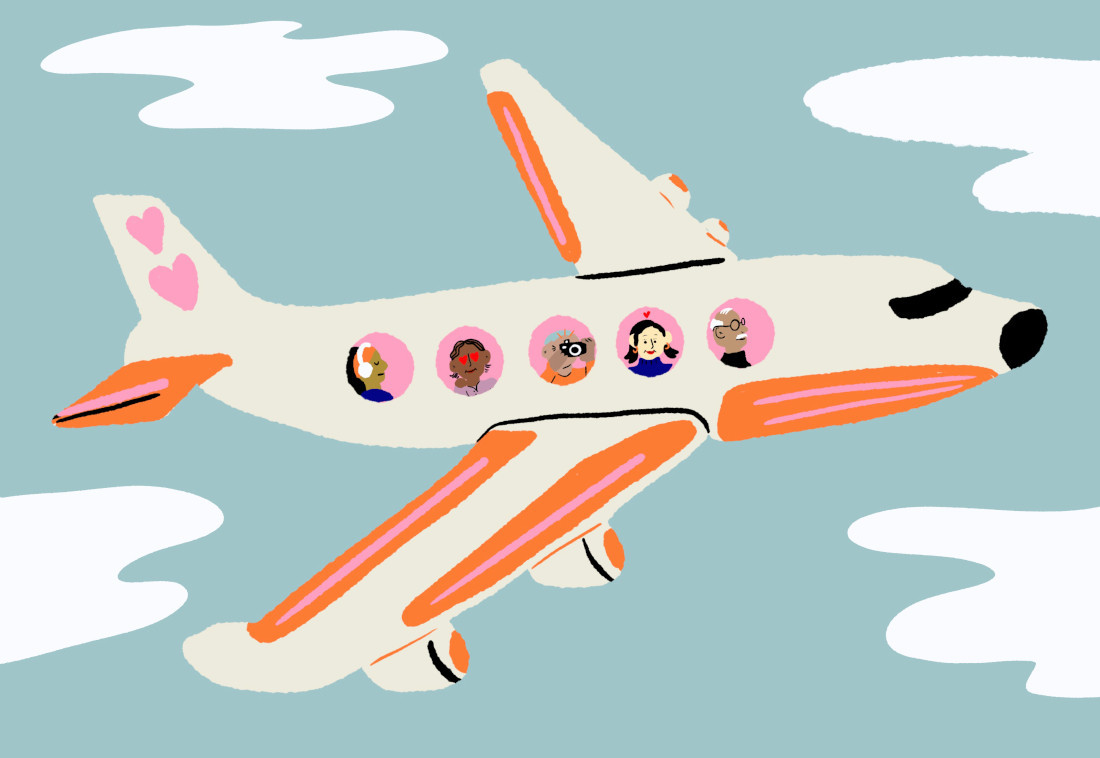
Similar to the Ramos de Oliveira pair, Ana Morales and Scott Purtill are waiting for updates on their sponsorship application. They finished sending the documents, proving that they are in a committed relationship, in September 2021. Amongst the paperwork, they had to write letters sharing their story and future goals and any bills or documents that showed that they had the same address and were sharing expenses, as well as pictures of them together on social media.
Morales is from Mexico, while Purtill is Canadian. The two have lived together in Garson, Man. for three years and are engaged. Morales met Purtill online when she arrived in Canada, and their cultural differences began to show during their first dates.
“Mexicans are very warm, and we talk a lot,” Morales says. “I think Canadians, at least the ones that I have met, are very polite and don’t want to ask too many questions. That is awesome, but I didn’t know about that (cultural difference). I always asked him too much and sometimes made him feel uncomfortable.”
When she moved in with him, Purtill and his family had to adapt to kisses on the cheek and warm hugs whenever saying “hi.” They also got used to shopping for groceries together (as Morales would usually do with her family in Mexico) and dividing the chores around the house (something she wasn’t used to doing before they lived together).
“To get to this point was a process, and it wasn’t all beautiful and perfect. At one point when I moved here, I didn’t know what I wanted to do. We decided to talk about it, and I remember we said that we have each other in our lives now and concluded that neither of us wanted to be in a long-distance relationship,” Morales says.
Akshay Pardhanni (right) was already waiting for his permanent Canadian residency when he met Vanessa Kornelsen. (Supplied photo)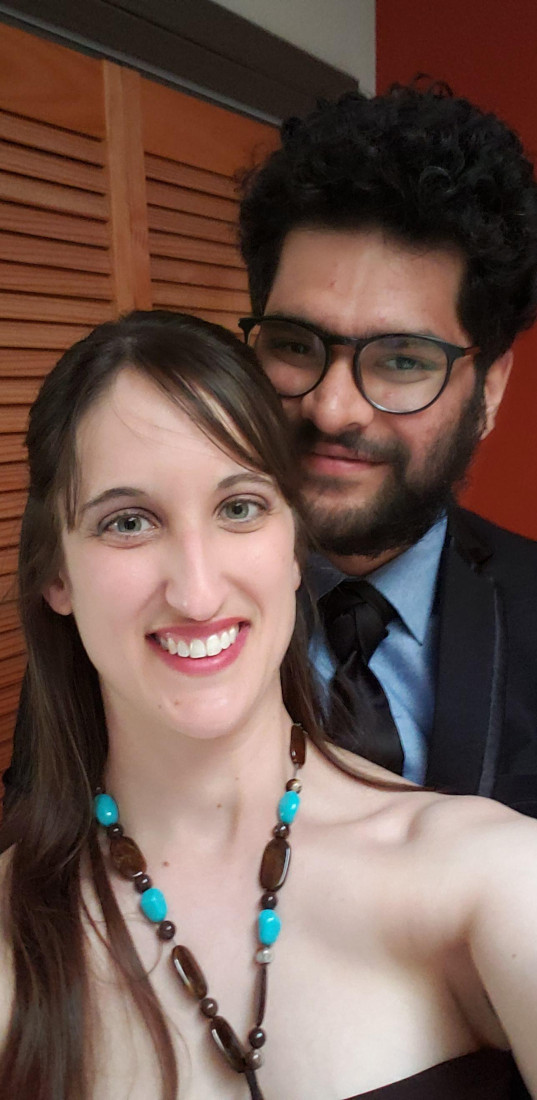
Getting comfortable
While some couples with different cultural backgrounds might have to adjust to each other’s habits and traditions, others don’t experience much cultural clash. Pilates instructor Vanessa Kornelsen met her boyfriend Akshay Pardhanani on Tinder. Before their first date, their cultural upbringings didn’t cross her mind.
“We knew before we met that I was from Canada and that he was from India. I have done a lot of work with people from lots of different cultures, so I wasn’t worried about that (culture shock),” Kornelsen says.
Their immigration situation was fairly straightforward. Pardhanani was already waiting for his permanent residency when he met Vanessa and received the confirmation on the same day he purchased his house in Winnipeg. The two now live together with their two cats and one dog.
When asked if they had noticed any cultural differences now that they are living in the same household, there was one thing that stood out: communication with family members. Pardhanani speaks with his parents and sister in India every day, while Kornelsen speaks with her family occasionally, since her parents only live 10 minutes away from their house.
“I think, one day in the morning, my mom called Vanessa to make sure that I was alright. I think that if I spoke to my family with the same frequency as she does, I would be disowned,” Pardhanani says playfully.
Other than this, the difference in cultures was also minimal when putting a pandemic into perspective.
During the COVID-19 pandemic, normal life hasn’t been normal for anyone, no matter their nationality.
“Akshay and I met during COVID-19, so we weren’t even living our normal lives. It was an opportune moment for us to introduce ourselves to someone new,” Kornelsen says.
Kornelsen and Pardhanani may have begun their relationship during the pandemic, but they are still going strong despite anxiety, distress and safety restrictions. According to a national survey by Finder Canada, 15 per cent of Canadian couples broke up during the COVID-19 pandemic. Twenty-five per cent of these couples are between 18 and 24 years old, the most of any age group.
A new home
Despite the stress inflicted on couples during the pandemic, it is safe to say that love overcoming cultural and COVID-19 barriers is worth celebrating. Whether it is to keep holding on to love through long-distance relationships, having to fill out paperwork for immigration purposes or choosing to live together when the new normal is far away from normal, relationships that are meant to be will carry on through hardships.

Published in Volume 76, Number 16 of The Uniter (February 3, 2022)


